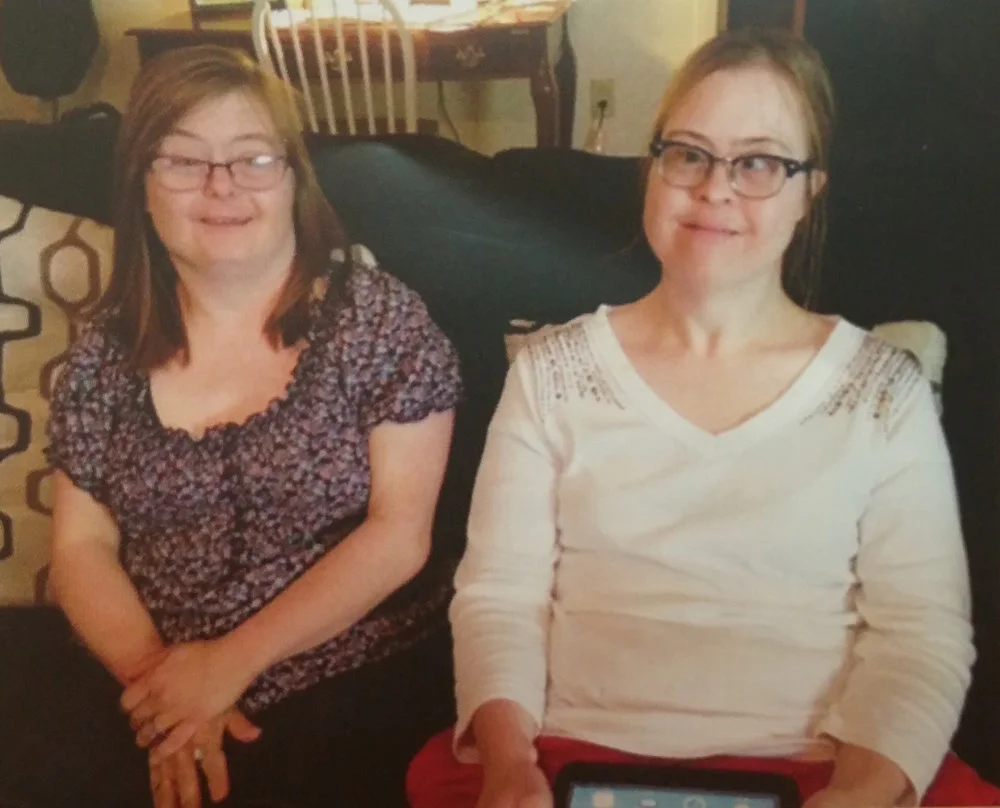PR Newswire, Asheville, NC (July 16, 2018) – SimplyHome, LLC, announces the debut of the Check-in Service and Responder App for iOS and Android mobile devices. The latest addition to SimplyHome’s suite of enabling technology, the Check-in Service and Responder App allow provider organizations to verify care and easily manage a client’s circle of support.
Read MoreIt's often the first conversation we have with people who are new to SimplyHome: Why do you call it enabling technology? You use sensors in your systems, so isn't this the same as remote monitoring, or monitoring technology? And adding to that confusion, sometimes the same devices – such as cameras or sensors – can be used for remote monitoring OR enabling technology. So how do we define enabling technology?
Read MoreOne month in, Carl is loving life on his own. His transition to his own home has worked out so well that Core Services now has a long list of people they support who could benefit from enabling technology. SimplyHome is honored to partner with Core Services and we look forward to partnering in more amazing outcomes for the people they support.
Read MoreNote: The original version of this post was published in November. But we have some additional resources to share with you, so we thought we'd update it and share it again!
It’s a question we hear often: Does my state cover assistive technology?
It’s not a surprising question: Working through pages and pages of waivers and other documents can make you feel like you are working in the dark.
As we work with providers, clients, families, and loved ones, most want to know if Medicaid funding can be used to implement assistive technology – and specifically, to use that technology to promote independence as a part of a life in the community. This is what we call enabling technology.
Read MoreRecently SimplyHome’s Allen and Drue Ray attended the 2018 Ohio Tech Summit, a one-day event focused on technology that enables independence for people with disabilities.
Allen led a session where he spoke about SimplyHome’s enabling technology products and services, but as usual, he reminded the audience not to focus on the newest technology for its own sake, on “Final Rules” or on EVV, but to focus instead on their why.
Allen asked each audience member to write down their own why for wanting to use technology to support people with disabilities. SimplyHome was so inspired by the audience’s responses that we wanted to share some of these! Thanks to these awesome audience members for sharing their why.
Read MoreEvery once in a while, we come across a story and we just can’t stop smiling. Steve’s story is one of those. SimplyHome is honored to be a part of Steve’s quest for more independence in his community.
Steve accepts services from Wildwood Programs in NY. One day, as part of an in-depth self-assessment administered by Wildwood, Steve spoke up and told his care team that he wanted to live on his own.
Read MoreIt’s a question we hear often: Does my state cover assistive technology? It’s not a surprising question: Working through pages and pages of waivers and other documents can make you feel like you are working in the dark.
As we work with providers, clients, families, and loved ones, most want to know if Medicaid funding can be used to implement assistive technology – and specifically, to use that technology to promote independence as a part of a life in the community.
Read MoreThe Juneau Empire recently published the story of Gina and Sandy, a mother and daughter who have begun to use SimplyHome technology at their remote Alaskan homestead.
Read MoreIn the state of Alaska, feeling connected can be a challenge, with neighbors sometimes miles away and reliable internet access often only available via satellite. Alaska is the least densely populated of all U.S. states and the state capital, Juneau, boasts a population of only 32,000.
But one service provider, REACH, has long been on a mission to connect the people they serve – many of whom have intellectual or developmental disabilities – with the services they need and the communities they live in.
Read MoreLanguage not only creates barriers -- it can also build bridges. That's why we are taking time to revisit the idea of language being person-centered, especially as we continue to work with people in the disability community. Want to use empowering, respectful language? Here are ten ways to make your language more person-centered.
Read MoreTech leader Therap features both SimplyHome and the Charles Lea Center in their newest video, which highlights the role of assistive technology in providing state-of-the-art, affordable, and person-centered care. The Charles Lea Center in Spartanburg, SC has worked with SimplyHome to pioneer the implementation of technology in their organization, one of the first in South Carolina.
Read MoreEfrain uses SimplyHome technologies to increase independence with respect to his health. He uses Telehealth devices that record his blood sugar and blood pressure levels. He also uses a medication dispenser, which allows him to start his day and take medication without assistance from staff. “I like just getting up and being able to get going,” said Efrain. “It’s my own routine, I don’t have to wait for staff.”
Read MoreUnsupervised time increases independence and fosters a sense of personal responsibility and self-reliance, but many residents are afraid to use it because they fear they will need staff and be unable to contact them. With this project, Melvin now wears a wrist pendant which is set to alert staff if he presses the button and needs support during his unsupervised time.
Read MoreDavid Maennle is an accomplished young man who directly benefits from assistive technology in North Carolina. David’s chosen lifestyle -- living independently in the community with the help of technology -- saves the State of North Carolina almost $80,000 per year. David was born with an intellectual disability, but as his mother Becky says, “He is able to do everything that he puts his mind to. He just does it a bit differently.”
Read MoreANCOR’s statement marks a pivotal moment for providers seeking to keep up with changing resources and for states that face long waiting lists. SimplyHome's Jason Ray explains why this is such a big moment for ANCOR: “ANCOR is not merely saying that incorporating technology is important -- they’re saying it is a requirement for providers to remain sustainable in the future and to meet the requirements of the HCBS final rule and Olmstead."
Read More















